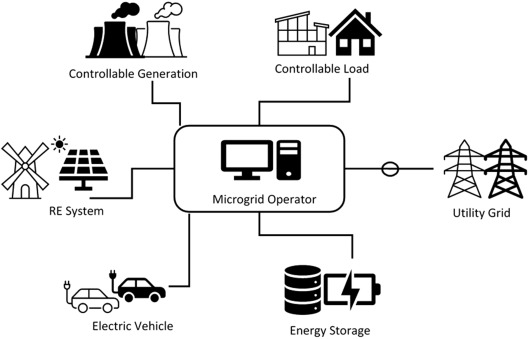Wireless Planning and Coordination: Connecting the Dots in the Wireless World
WPC Overview
Wireless planning and coordination (WPC) is highly significant to make wise usage of radio waves. The radio waves allow a phone and other devices such as satellites to converse with one another. WPC ensures all abide by the set rules, lest the signals interfere with one another. Radio waves are scarce, so WPC handles them wisely, thus enabling every form of wireless communication to happen smoothly. If one knows the basics about WPC, connections will never falter or blur in the bustle of a digital world.
What is Wireless Planning and Coordination?
Wireless Planning and Coordination is a particular group in India that helps govern radio signals. In India, the Wireless Planning and Coordination Wing is India’s national radio regulatory authority that manages and issues licenses for RF spectrum. In 1952, WPC was established with the Ministry of Communications, and its operations ensure that all wireless communication remains efficient, reliable, and without interference.
To use the frequencies a WPC license is required. A license will enable the companies to operate their wireless equipment without violating safety issues. The WPC also tests and certifies equipment to ensure they meet safety standards. They assist government and private users in acquiring and managing the radio spectrum better, thus making communication simpler for everyone.
Functions of Wireless Planning and Coordination
The WPC handles several functions that are necessary for proper utilization of wireless technology:
- Spectrum management: WPC deals with the radio frequency spectrum, ensuring it is properly utilized by the various users, including the government and private companies.
- Licensing: It issues licenses so that people can establish and operate wireless stations. This includes licensing for amateur radios and commercial usage.
- Coordination: WPC coordinates with international organizations, such as the International Telecommunication Union (ITU), to ensure that the wireless rules of India are at par with international standards.
- Monitoring: WMO, an arm of WPC, monitors wireless signals to ensure that no one is violating the rules and causing interference between services.
Understanding WPC Certificate
A WPC certificate is a special document that proves the product is safe to use. Such a certificate is very important for gadgets such as mobile phones and Wi-Fi devices. This will ensure these products follow the rules so there won’t be signal problems. A WPC certificate on a device means that the device will not cause interference, thus working very well. It is through such certificates that people can enjoy their devices without causing problems. Companies must work hard to acquire this certificate since it ensures their products are good for people and the environment.
Types of WPC Certifications
WPC Certification involves certification for producers, importers, and trade parties in matters relating to wireless technology. Categories of certifications involved:
- Equipment type approval (ETA): This includes all devices that operate on the delicensed frequency bands. ETA ensures safety and operational parameters.
- Import license: Required to import wireless devices in India.
- Dealer possession license: Required for dealers who possess wireless equipment.
- Experimental license: To test new technologies in experiments.
Importance of WPC Certifications
WPC certification for wireless devices is very important in India. Key reasons include:
- Protecting consumers: The WPC ensures that only quality and safe products are sold. This keeps bad products away from people.
- Obeying the law: To sell their products in India, manufacturers need WPC certification. In other words, they can legally sell their products without getting involved in any trouble.
- Builds trust: WPC certification ensures a product has been tried and passed. It is a source of building trust between a brand and its customers, giving them a good feeling to buy their products.
- Helps in business: With WPC certification, the product can easily gain entry into the Indian market. Manufacturers are presented with better chances of success and growth.
Conclusion
WPC means wireless planning and coordination. This is crucial for using radio frequencies efficiently and reliably. This will ensure that the operation of all wireless communication devices like mobile phones and satellites will remain without interference. The WPC wing, which was established in 1952, manages spectrum allocation, licensing, and compliance monitoring, making sure all wireless communications are safe in India. The organization does this by WPC certification-issuing an assurance that ensures devices are both safe and of the trustworthy law. This service helps protect a consumer, provides trust, and builds business activities. Efficient use of spectrum requires WPC, which will ensure seamless wireless communication in digital life.









